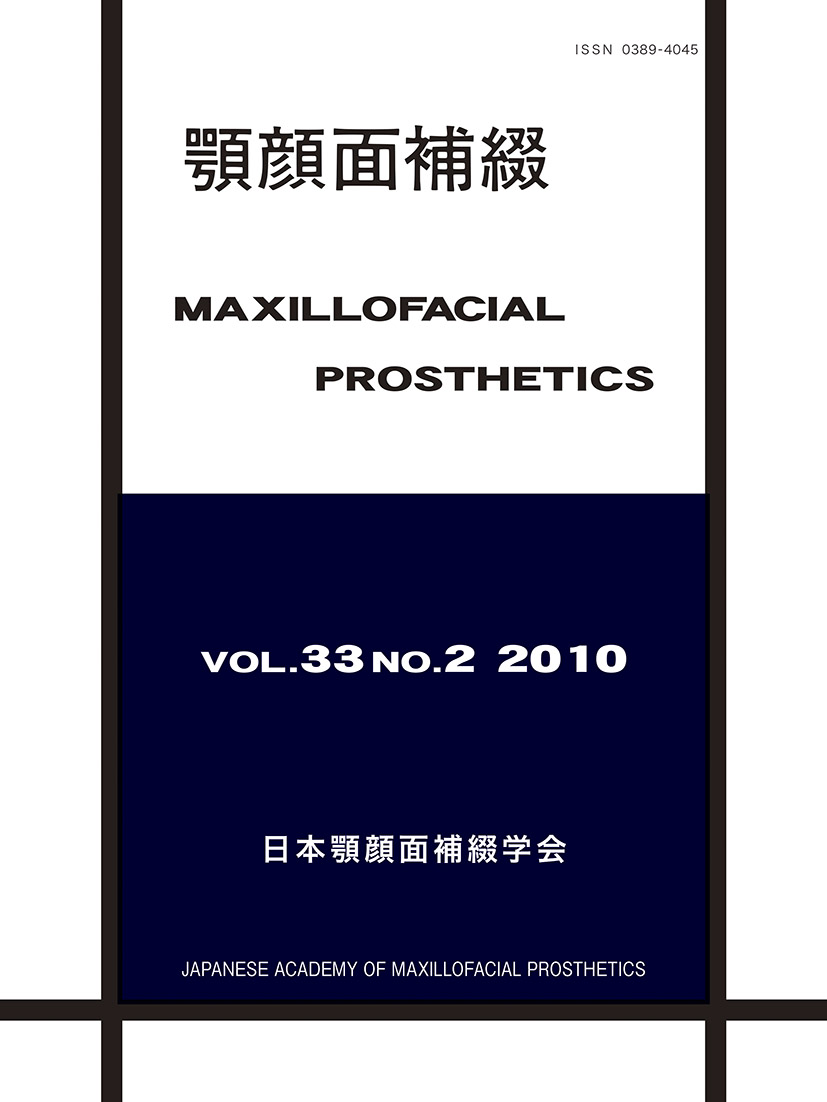Volume 33, Issue 2
Displaying 1-11 of 11 articles from this issue
- |<
- <
- 1
- >
- >|
-
2010Volume 33Issue 2 Pages 45-51
Published: 2010
Released on J-STAGE: June 03, 2023
Download PDF (587K)
-
2010Volume 33Issue 2 Pages 52-58
Published: 2010
Released on J-STAGE: June 03, 2023
Download PDF (856K)
-
2010Volume 33Issue 2 Pages 59-62
Published: 2010
Released on J-STAGE: June 03, 2023
Download PDF (425K)
-
2010Volume 33Issue 2 Pages 63
Published: 2010
Released on J-STAGE: June 03, 2023
Download PDF (80K) -
2010Volume 33Issue 2 Pages 64-65
Published: 2010
Released on J-STAGE: June 03, 2023
Download PDF (220K) -
2010Volume 33Issue 2 Pages 66-69
Published: 2010
Released on J-STAGE: June 03, 2023
Download PDF (469K) -
2010Volume 33Issue 2 Pages 70-72
Published: 2010
Released on J-STAGE: June 03, 2023
Download PDF (308K) -
2010Volume 33Issue 2 Pages 73-74
Published: 2010
Released on J-STAGE: June 03, 2023
Download PDF (216K)
-
2010Volume 33Issue 2 Pages 75
Published: 2010
Released on J-STAGE: June 03, 2023
Download PDF (162K)
-
2010Volume 33Issue 2 Pages 76-94
Published: 2010
Released on J-STAGE: June 03, 2023
Download PDF (691K)
-
2010Volume 33Issue 2 Pages 95
Published: 2010
Released on J-STAGE: June 03, 2023
Download PDF (205K)
- |<
- <
- 1
- >
- >|
